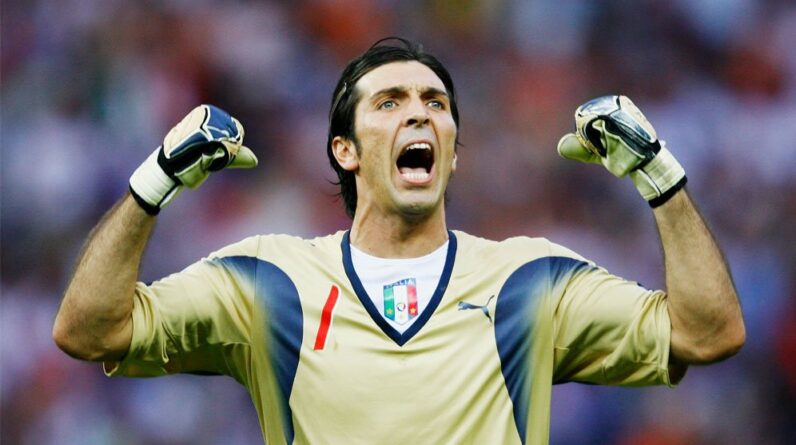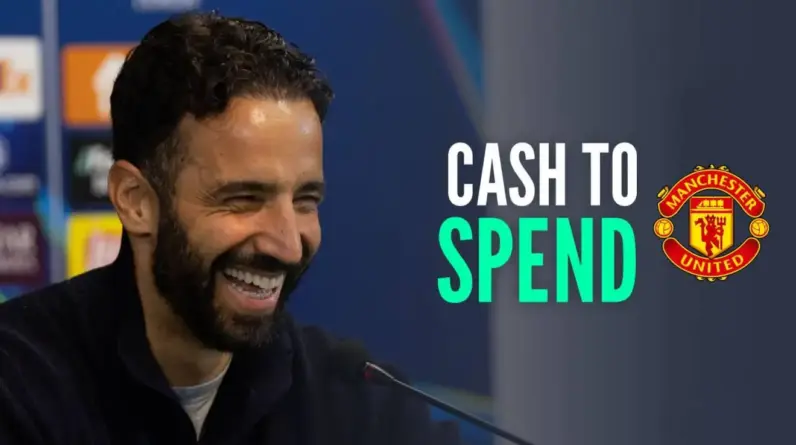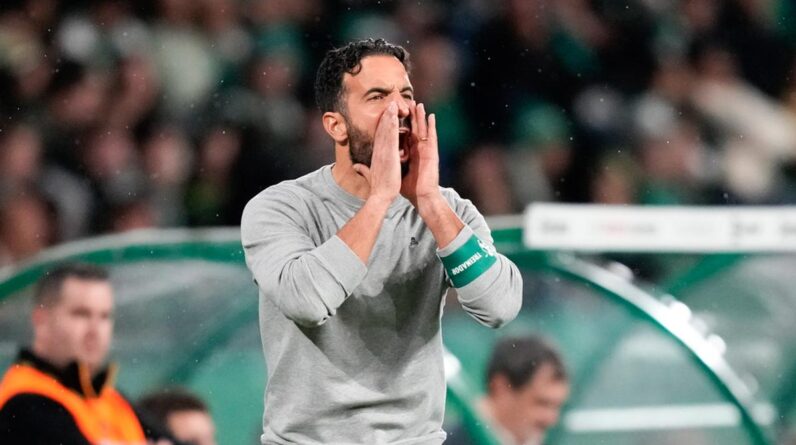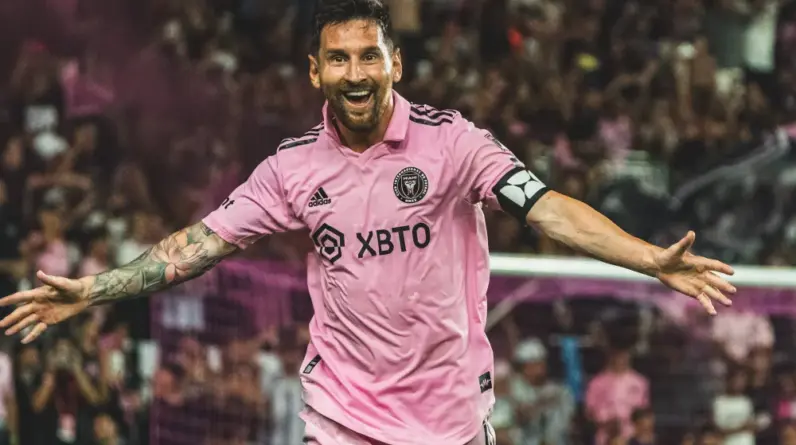
In the world of soccer, leadership isn’t just about one person calling the shots—it’s about a dynamic relationship between coaches and players. Both play pivotal roles in steering the team to success, but their leadership styles are distinctly different. Coaches set the tactical foundation, while players, particularly captains and senior members, bring that strategy to life on the field. Understanding how these two types of leadership interact can provide deeper insights into what makes a successful soccer team. Let’s break down the impact of leadership by coaches vs. players and how both contribute to a team’s journey to victory.
The Strategic Vision: The Coach’s Leadership Blueprint
Coaches are often seen as the masterminds behind a team’s success. With their deep understanding of the game, they are responsible for shaping the tactical approach, creating game plans, and developing players’ skills. Coaches are the visionaries who craft strategies that align with the strengths of their squad, but they also ensure that each player understands their role and purpose within the team. A coach’s leadership is rooted in their ability to manage not just tactics, but the team’s mental and emotional resilience, guiding the squad through highs and lows throughout the season.
Player Leadership: Guiding Through Action
While the coach lays the groundwork, players—especially captains—are the ones who execute the vision on the pitch. Leadership on the field is more dynamic and immediate. A captain’s role goes beyond organizing the defense or rallying the team at halftime. They serve as the emotional leader during the game, making crucial decisions in the heat of the moment, motivating teammates, and leading by example. A player’s leadership is rooted in real-time decisions, with each pass, tackle, or goal acting as a form of motivation for their teammates.
The Coach vs. Player Leadership Dynamic
Though both are critical, coach and player leadership differ in terms of influence and timing. Coaches are responsible for the long-term strategy, keeping an eye on the bigger picture, and preparing the team for success over the course of an entire season. They lay down the law with clear tactics, training regimens, and performance goals. On the other hand, players provide leadership when the game is in motion. They are tasked with making split-second decisions, adapting to changes on the fly, and pushing their teammates when the intensity rises. It’s this combination of foresight from coaches and adaptability from players that makes for a successful team.
Emotional Leadership: The Calm of the Coach vs. The Passion of the Player
One key area where coach and player leadership diverge is emotional control. Coaches must maintain composure, providing a steady hand during moments of pressure. Their calm presence on the sidelines reassures players and keeps the team focused. Players, however, often lead with emotion. Captains and senior players motivate their team with passion, firing them up when spirits are low or tensions are high. This emotional charge is sometimes exactly what a team needs to get back on track, turning frustration into fuel for performance.
Tactical Mastery: The Coach’s Blueprint for Success
Coaches are the architects of victory, designing the tactical framework within which players operate. They study opponents, identify weaknesses, and create strategies that maximize their team’s strengths. This type of leadership is essential for breaking down tough opposition and ensuring that every player knows what they need to do. A coach’s ability to make tactical adjustments during a match can completely change the course of the game. While players are in the heat of action, it is the coach who oversees the grand design and makes crucial decisions from the sidelines.
The Coach-Player Synergy: Building Trust Through Training
Trust is the cornerstone of leadership, both on and off the field. Coaches build trust by creating structured, effective training sessions where players feel supported in their development. Players, on the other hand, contribute to this bond by demonstrating a strong work ethic, discipline, and commitment to the team’s success. The training ground is where leadership is nurtured—coaches show their expertise and vision, while players step up, challenging one another to improve. Together, this synergy fosters a team dynamic based on mutual respect, hard work, and shared goals.
The Role of the Captain: The Player Who Connects the Dots
The captain serves as the bridge between the coaching staff and the players, playing a vital role in maintaining the team’s leadership balance. Captains are responsible for translating the coach’s strategies into action during the game. They lead by example, on and off the field, whether it’s through their work ethic, commitment, or ability to handle pressure. In tough moments, it’s the captain who often steps up to rally the team, ensuring everyone remains focused and motivated. This player-driven leadership helps maintain unity, even when the coach isn’t directly in the spotlight.
Leadership Under Pressure: The Coach’s Guidance in Crisis
When things aren’t going according to plan, both coaches and players must step up. Coaches are responsible for assessing the situation and providing tactical changes, while players need to stay calm and implement those strategies under intense pressure. Leadership during crisis moments is crucial—coaches often make key halftime adjustments or tactical switches, but it’s the players who need to translate those words into action when the game resumes. The ability to stay composed and make effective decisions under pressure separates great teams from good ones.
The Balance of Power: Coach and Player Leadership in Perfect Harmony
Successful teams understand the delicate balance between coach and player leadership. Coaches guide the team with their experience and tactical knowledge, while players provide the drive and emotional intensity needed to carry those plans through. The best teams strike a perfect balance between these two forces, with both parties working in harmony to achieve common goals. A coach’s leadership is strategic, while a player’s leadership is operational and emotional—each complements the other, making the team more dynamic, adaptable, and resilient.
Conclusion: Embracing Leadership in All Forms
In conclusion, leadership in soccer is multifaceted, with both coaches and players playing essential roles. Coaches provide the vision, strategy, and emotional steadiness, while players bring those elements to life on the field with passion, energy, and resilience. The most successful teams understand how to leverage both types of leadership—one focused on long-term goals, the other on in-the-moment action. By blending tactical brilliance with emotional intensity, coaches and players together create a leadership synergy that drives success and fosters a winning team culture.






